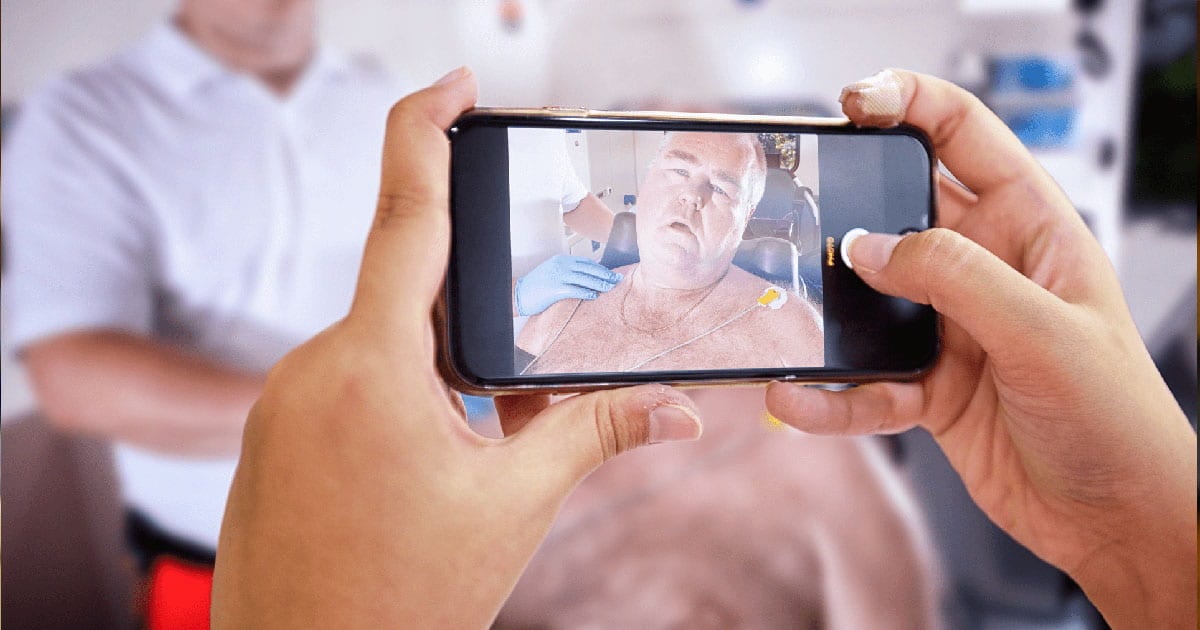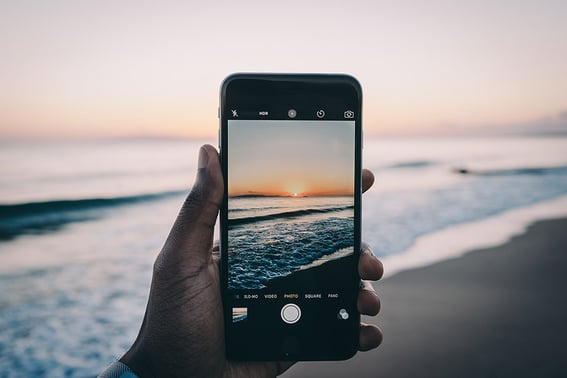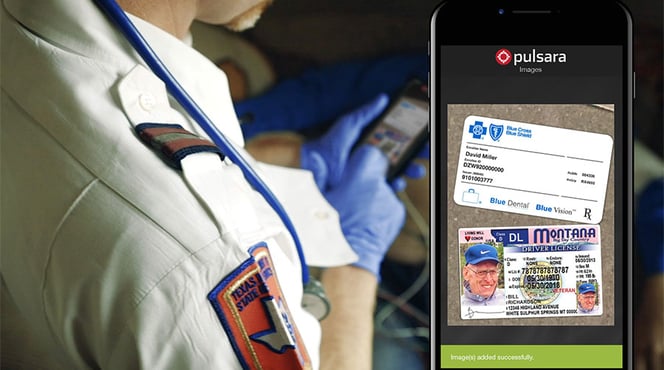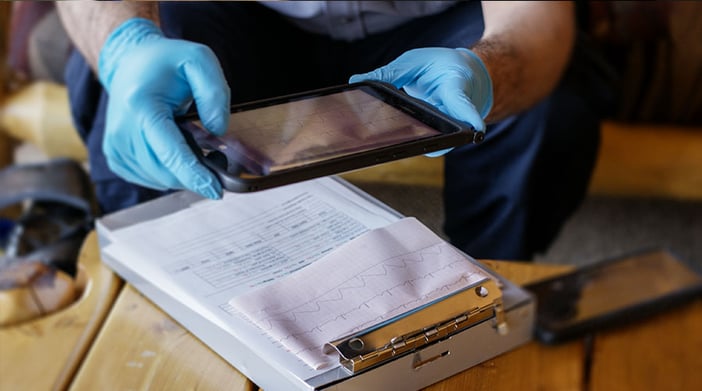Pulsara Around the World - 2025 Recap and January 2026
December Recap After an incredibly busy events year with 102 conferences, trade shows, and sponsorships, December was on the slower side for us, with...

Have you ever noticed how challenging it can be to describe what you see to a person not presently with you? You could be witnessing some spectacular spectacle or some terrifying sight, but try as you might to communicate your experience, your words seem weak.
However, send a photo of what you see, and suddenly there's mutual understanding. The image instantly conveys context and meaning. You've heard the phrase "a picture is worth a thousand words" repeated time and again. Cliché notwithstanding, this phrase continues to ring true in human communications.
The limitations of verbal communication are never clearer than when you're at the store, searching for something someone else sent you to get. The verbal instructions may be something like, "I want the chocolate cookies in the yellow package." You go to the cookie aisle thinking this will be a quick job, only to find eight different boxes of chocolate cookies with yellow packages. Frustration begins to mount, so you call your friend. They try to further describe the package, which narrows it down, but not enough for you to determine which one they want. Finally, they just say, "Take a picture, I'll know it when I see it." The image immediately settles the conundrum, identifying the correct package instantly. The cookies are found and the day is saved!

We now carry amazing technology in our pockets. With a few touches on the screen, we can jump onto the information superhighway. What once was passed down as oral history, carved on cave walls, sketched on paper, painted on canvas, and more recently captured on film is now arranged into sequences of 0's and 1's and stored on our mobile devices—and even on this ethereal thing called "The Cloud." In an instant, we can capture crystal clear digital photos of our surroundings. Not only that, we also possess the ability to send them to anyone we know within seconds. These days, we communicate just as much through images as we do through words.
Communication is an essential piece of every profession. But in certain cases, words can't quite do justice to the information that needs to be communicated quickly. Healthcare is no different. From EMS to the hospital, there are many instances in which messages that are transmitted through words could be much better communicated through an image. Instead of trying to describe a scene, medics could simply show it. In the hospital setting, images can help team members better prepare to treat a patient, giving them an instantaneous understanding of the patient's condition.
The introduction of patient care-related images into healthcare (aside from radiology, of course) has grown and become more widely accepted during the past twenty years as EHR systems and supporting software have expanded.

And now, the technology exists to securely send and receive images between all care teams, from EMS all the way through to specialty teams in the hospital. Pulsara provides the capability for clinicians to capture and send images to one another to help facilitate patient care.
EMS can start a patient channel and notify hospital teams that they are on their way with the patient, sending ahead images of the patient's injuries or condition. Photos of a driver's license can also help the hospital preregister the patient, allowing them to skip registration upon arrival.
With Pulsara, EMS can take pictures of:
All of these items provide information to help get the patient the right care in the fastest amount of time.

And the ability to capture images is not limited to EMS. Hospital staff can take images of items deemed important to the case that may have changed since EMS provided them. Images also assist in the transfer process when a patient requires additional care from a larger facility.
Best of all, Pulsara is completely HIPAA compliant. Images taken in Pulsara are not stored on the device and are only accessible through the application. All photos require user credentials to access the application and view them. You can rest assured knowing that your patients' information is safe.
Not long ago, I spoke with Priscilla Couch, APRN and ED Director at National Park Medical Center in Hot Springs, AR. She recently saw a patient case through Pulsara come with supporting images of the patient's physical trauma, which helped the team determine the right specialists to bring in prior to the patient's arrival. The images "spoke a thousand words" and created an instant understanding of the severity and needs of the patient. Simply sending a few pictures helped create an advanced action plan that was put into play immediately, saving time and ensuring swift treatment for the patient.
Sometimes, the best way to communicate what you mean isn't through words...it's a picture. Just like using an acronym to quickly communicate a larger idea, images can lend clarity and quick decision-making to a time-sensitive situation, for the patient's benefit. Next time you find yourself in that situation, instead of trying to describe a condition, take a photo and look for the recipient to reply, "I see what you're saying."
![]()
Want to know how Pulsara can help your care teams communicate through HIPAA compliant photos, live video, notes, audio clips, and team messaging—all on a single patient channel that's updated in real time? Learn more here!

December Recap After an incredibly busy events year with 102 conferences, trade shows, and sponsorships, December was on the slower side for us, with...

Editor's Note: In July 2025, EMS1 and Fitch & Associates released their annual EMS trend survey, What Paramedics Want, proudly sponsored by Pulsara....
![[PRESS RELEASE] Published Research Finds Up to 31% Faster STEMI Treatment Times in Rural Hospital Setting with Pulsara](https://www.pulsara.com/hubfs/_1_website-page-blog-assets/pulsara-hosp-teams-assign-cardio-stemi-rn-1200x701.jpg)
Published research shows how using Pulsara, alongside standardized field activation and a focus on stakeholder relationships, improves STEMI care and...